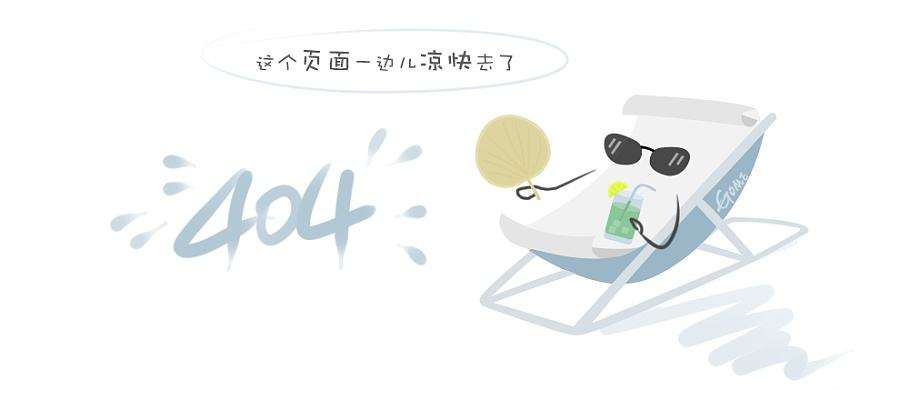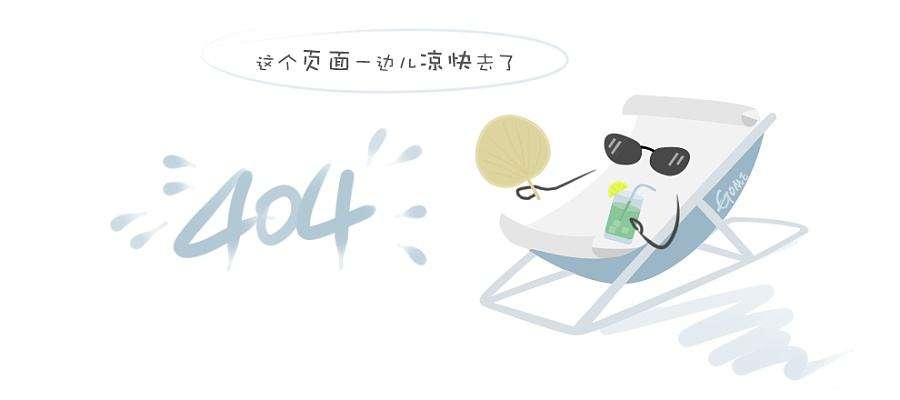technical

the injection molding process of rubber mainly includes four stages: filling, holding, cooling and demoulding. these four stages directly determine the quality of products, and these four stages are a complete continuous process.

01 filling stage
filling is the first step in the whole injection cycle, starting from the closure of the mold to the filling of the mold cavity to about 95%. in theory, the shorter the filling time, the higher the forming efficiency, but in practice, the forming time or injection speed are subject to many constraints.
the shorter the filling time is, the higher the forming efficiency is. but in practice, the forming time or the injection speed are restricted by many conditions.
the shear rate is higher when filling at high speed, the viscosity of plastics decreases due to shear thinning, which reduces the overall flow resistance, and the thickness of cured plastics decreases due to local viscous heating. therefore, in the flow control stage, the filling behavior often depends on the size of the volume to be filled. in the flow control stage, due to the high-speed filling, the shear thinning effect of melt is often very large, while the cooling effect of thin wall is not obvious, so the effect of velocity takes the upper hand.
when filling at low speed and heat conduction controlled at low speed, the shear rate is lower, the local viscosity is higher and the flow resistance is larger. because of the slow replenishment rate and slow flow of thermoplastics, the heat conduction effect is obvious, and the heat is quickly taken away by the cold film wall. with less viscous heating, the thickness of the solidified layer is thicker and the flow resistance at the thinner wall is further increased.
because of the fountain flow, the plastic polymer chains in front of the flow wave are almost parallel to the flow wave front. therefore, when two strands of plastic melt meet, the polymer chains of the contact surface are parallel to each other, and the properties of the two strands of melt are different (the residence time in the membrane cavity is different, the temperature and pressure are also different), resulting in the structural strength of the melt intersection area is extremely poor. when the parts are placed at an appropriate angle under the light and observed by naked eyes, obvious bonding lines can be found, which is the formation mechanism of weld marks. the weld marks not only affect the appearance of the plastic parts, but also cause stress concentration due to the looseness of the microstructures, which reduces the strength of some parts and leads to fracture.
generally speaking, the strength of the weld marks produced in the high temperature zone is excellent, so in the high temperature situation, the activity of polymer chains is better, and they can penetrate and wound each other. in addition, the temperature of the two melts in the high temperature zone is close, and the thermal properties of the melts are almost the same, which increases the strength of the weld zone, whereas in the low temperature zone, the weld strength is poor.
02 pressure-holding stage
the role of the holding stage is to continuously exert pressure, compact the melt and increase the density of the plastics to compensate for the shrinkage behavior of the plastics. in the process of holding pressure, the back pressure is higher because the cavity has been filled with plastic.
in the process of packing and compacting, the screw of injection moulding machine can only move forward slightly slowly, and the flow speed of plastics is relatively slow. at this time, the flow is called packing flow. in the holding stage, the cooling and solidification of the plastic wall accelerates, and the melt viscosity increases rapidly, so the resistance in the die cavity is very large.
in the later stage of holding pressure, the density of material continues to increase, and the plastic gradually forms. the holding stage should continue until the gate solidifies and closes. at this time, the cavity pressure in the holding stage reaches the highest value.
in the holding stage, plastics exhibit partial compressibility due to high pressure. in the area of high pressure, plastics are denser and denser; in the area of low pressure, plastics are looser and denser, so the density distribution changes with time.
in the process of holding pressure, the flow rate of plastics is low, and the flow no longer plays a dominant role. pressure is the main factor affecting the holding process.
during the holding process, the plastic has been filled with the cavity, and the melt cured gradually at this time serves as the medium for transferring pressure.
the pressure in the die cavity is transferred to the surface of the membrane wall by means of plastics, which tends to open the die. therefore, proper cable force is needed to carry out the cable die. under normal conditions, the expansion force will slightly open the die, which is helpful for the exhaust of the die.
however, if the die expanding force is too large, it is easy to cause the brim, spills and even open the die. therefore, when choosing the injection moulding machine, the injection moulding machine with sufficient cable force should be selected to prevent the phenomenon of die swelling and effectively maintain pressure.
03 cooling stage
the design of cooling system is very important in injection moulds. this is because only when the plastic products are cooled and solidified to a certain rigidity, can the plastic products be avoided from deformation due to external force after demoulding.
because the cooling time accounts for about 70-80% of the whole molding cycle, a well-designed cooling system can greatly shorten the forming time, improve the injection productivity and reduce the cost. improper design of cooling system will prolong forming time and increase cost; uneven cold cutting will further cause warping of plastic products.
according to the experiment, the heat from melt into the die is generally distributed in two parts, and 5% of the heat is transferred to the atmosphere by radiation and convection, of which 95% is transferred from the melt to the die. plastic products in the mold due to the role of cooling water pipes, heat transfer from the plastic in the mold cavity through heat conduction to the cooling water pipe through the mold frame, and then through the heat convection by the coolant. a small amount of heat that has not been carried away by cooling water continues to conduct in the mould and dissipates in the air after contacting the outside world.
the first stage of injection molding consists of closing time, filling time, holding time, cooling time and demoulding time. among them, cooling time accounts for the largest proportion, about 70-80%. therefore, the cooling time will directly affect the length of plastic products forming cycle and the size of production.
in the demoulding stage, the temperature of plastic products should be cooled below the thermal deformation temperature of plastic products to prevent the relaxation caused by residual stress or warping and deformation caused by external force of demoulding.
04 demoulding stage
demoulding is the last step in the injection molding cycle. although the product has been cooled and formed, demoulding still has an important impact on the quality of the product. the improper demoulding method may lead to uneven force during demoulding and product deformation during ejection.
there are two main ways of demoulding: ejector rod demoulding and stripper demoulding. in order to ensure product quality, proper demoulding methods should be selected according to the structural characteristics of products.
for the selection of the ejector rod demoulding die, the ejector rod should be set as evenly as possible, and the position should be chosen in the place where the ejector resistance and the strength and stiffness of the plastic parts are the greatest, so as to avoid the deformation and damage of the plastic parts.
the stripping plate is generally used for the demoulding of deep cavity thin-walled containers and transparent products which do not allow the traces of push rods. this structure is characterized by large and uniform demoulding, smooth movement and no obvious traces left.
twelve typical injection m...
seven aspects are very impor...


no.1999 kehang road, high-tech zone, jinan, shandong, china

0531-83532811



qq customer service: 3153204487
working day:8:30 - 17:30
telphone:0531-87176888
consult now
sweep and focus on the public number